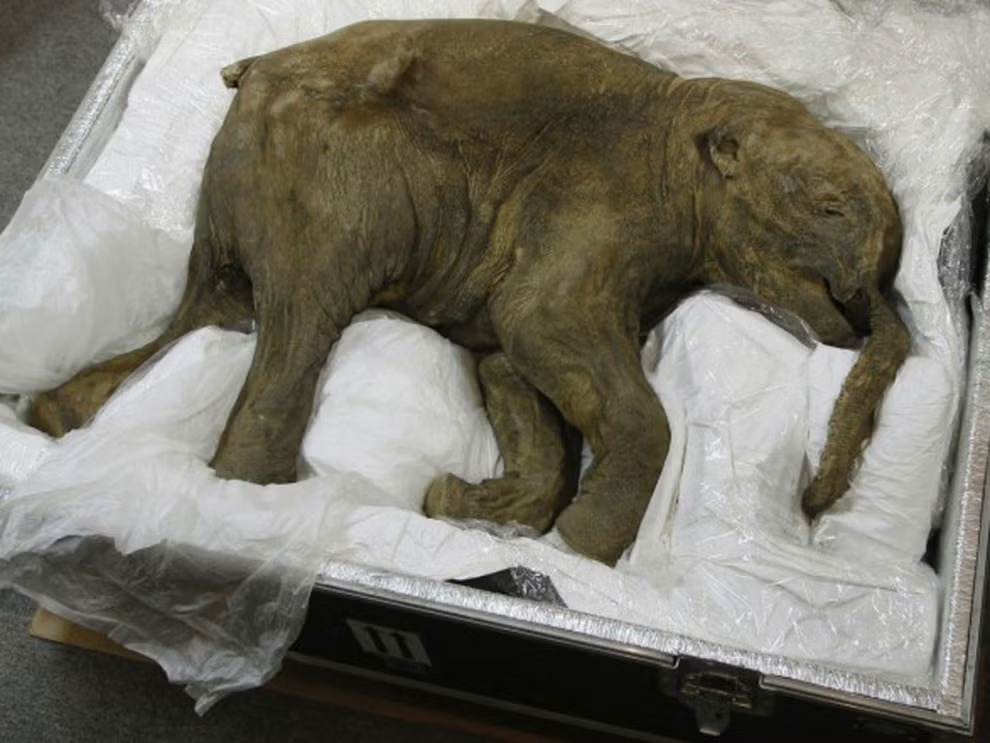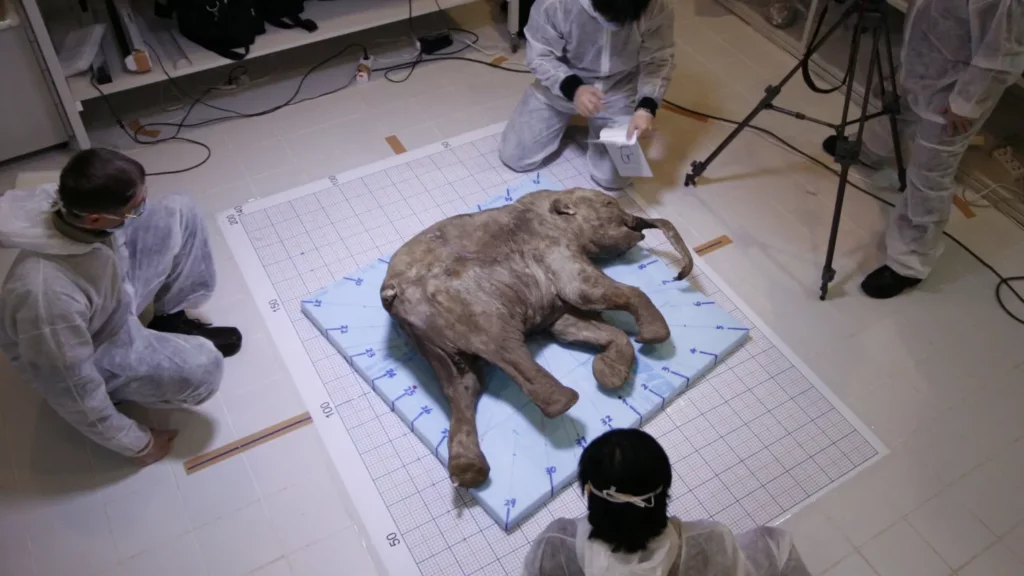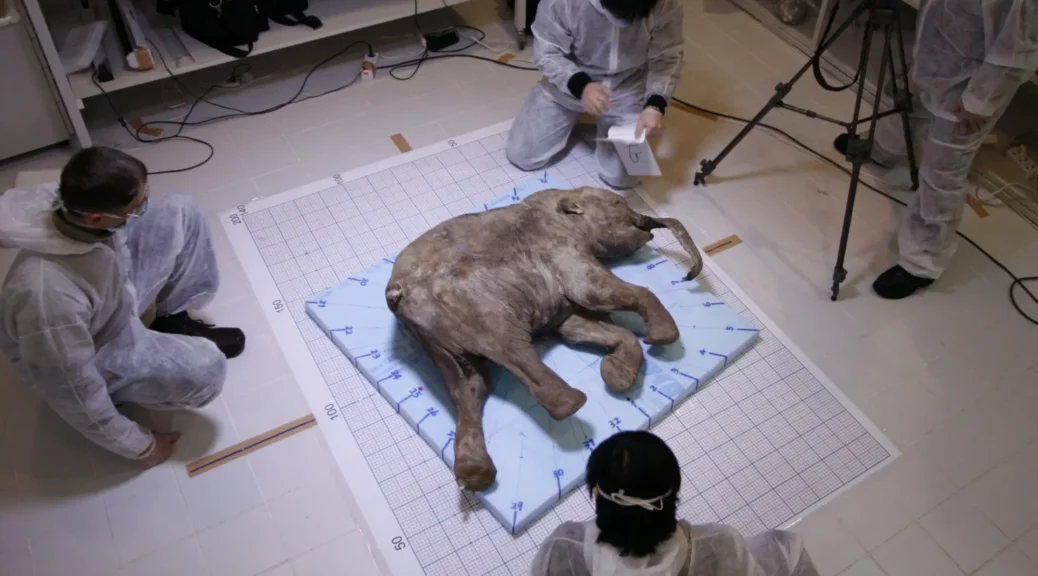Well-Preserved, 42,000-Year-Old Baby Woolly Mammoth Emerges From Yukon Permafrost
A 42,000-year-old baby mammoth is set to go on display for the first time in Western Europe next month at the Natural History Museum.

Lubya, who was named after the wife of the Siberian reindeer herder that found her, has been described as the most complete preserved mammoth in the world.
One month old when she died, the baby mammoth’s corpse was intact enough that fragments of her eyelashes remained as well as remnants of her mother’s milk in her stomach.

“When they did the autopsy on her she is so complete that we could get a look at her insides and see her last meal,” Victoria Herridge, a paleobiologist from the Natural History Museum in London, told the Sunday Times.
“She had milk from suckling her mother and also remnants of faecal matter in her gut, which suggest she had been eating her mother’s dung.
This is something living elephants do as the dung provides the infants with microbes to help them ingest their food.”
Lubya, which means ‘love’ in Russian, is thought to have died after stumbling into a salty marsh bog and slowly drowning in the mud.
The mud then froze, preserving the body until herder Yuri Khudi and his son stumbled across it while searching for firewood by the Yuribei river in north-west Siberia.
Lubya will go on display from 23 May until 7 September 2014 as part of a new exhibition entitled Mammoths: Ice Age Giants. Other species in the exhibition will include the dwarf mammoth and the spiral-tusked Columbian mammoth.
Although some enthusiasts may be hoping that this remarkable specimen is well preserved enough to allow scientists to clone the mammoth, as Herridge notes Lubya’s DNA will have “deteriorated” significantly.
Despite the widespread belief that DNA is easily preserved and resurrected, recent research has shown that the molecule only has a half-life of about 521 years, making Jurassic Park-style cloning an impossibility for now.

